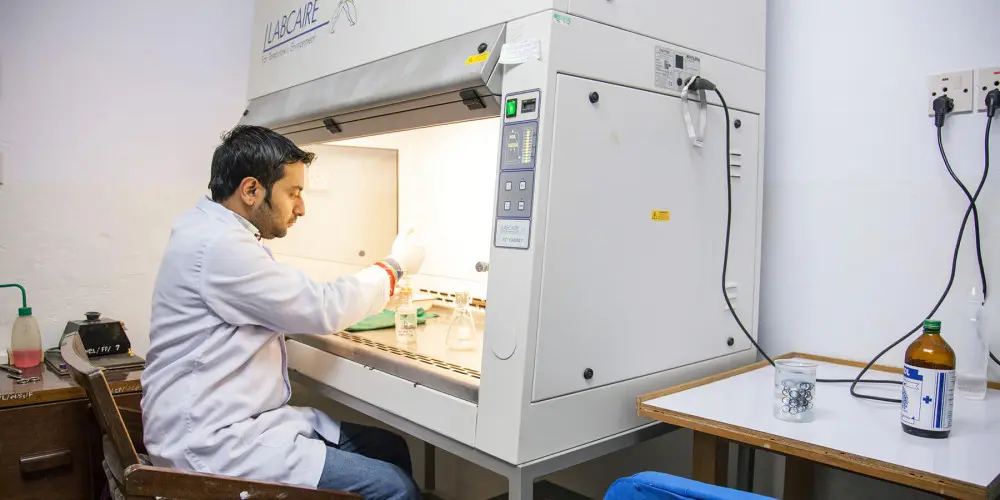KIT Blog
Understanding leprosy
-
 The Leprosy Mission Australia
The Leprosy Mission Australia
- Feb 08, 2016
- Uncategorized
Leprosy is a disease that affects people differently according to their immunity to certain bacteria. 5% of people have no immunity. It seems like a category, but it’s more of a spectrum. Some people in that 5% have a small immune response. Others have none.
The World Health Organisation has organised these differences under two classifications: Paucibacillary leprosy and Multibacillary leprosy. These classifications have their own symptoms and medical response. Leprosy can be described even further with several sub-types that sit along the Ridley-Jopling Scale. With so many sub-types and symptoms, it’s hard to believe they’re all caused by two simple organisms—M.leprae and M.lepromatosis.
Until recently it was thought that there was only one leprosy bacteria M.leprae. But in 2008, an entirely new species was discovered. It was called M.lepromatosis and it appears to be largely endemic and indigenous to Mexico. It affects patients at a younger age, causes the most cases in Mexico and spreads through more regions of Mexico than M.leprae. It is also thought to be uniquely responsible for a sub-type of leprosy that carries a higher mortality rate than the other sub-types. This discovery asks a lot of new questions about leprosy that might challenge our current models. Leprosy continues to be an incredibly complex disease that’s difficult to understand, even for scientists.
Paucibacillary (PB) leprosy
Health workers on the field can diagnose people with Paucibacillary leprosy when there are less than five lesions on their body. This type is the most common and the least severe. It indicates that the person affected has some natural resistance to leprosy. Because of this limited resistance, Paucibacillary leprosy can regress into milder sub-types or progress into Multibacillary leprosy. But with an early course of Multi-Drug Therapy, patients can be cured without any permanent impairments. This is why early detection is so important.
25% of patients with Paucibacillary leprosy get Reaction, a particular inflammatory response.
Multibacillary (MB) leprosy
Health workers on the field diagnose people with Multibacillary leprosy when they show more than five lesions on their body. It’s more aggressive and infectious. This type indicates that the person affected has little to no resistance to the bacteria.
The right course of Multi-Drug Therapy can still cure someone with Multibacilliary leprosy. But like Paucibacilliary leprosy, complications (such as limb damage or blindness) may be irreversible or need corrective surgery.
People with Multibacillary leprosy are also highly vulnerable to the inflammatory response called Reaction. Up to 40% of patients experience this complication.












